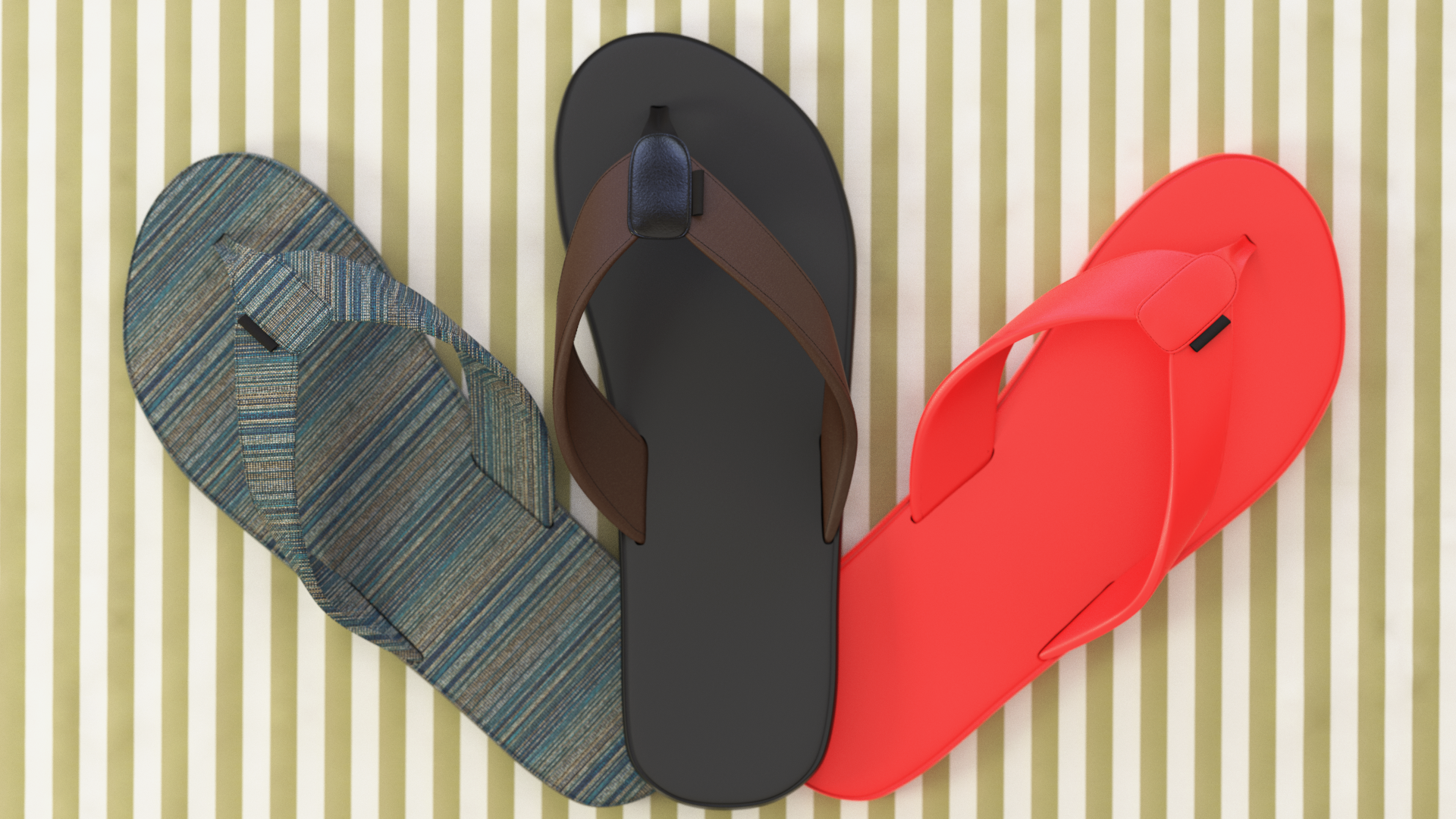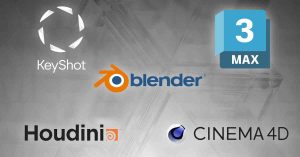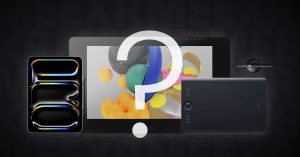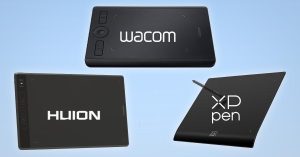From the earliest cave paintings to the intricate sculptures of ancient Greece, art has evolved alongside technological advancements. The introduction of oil paints, photography, and computers have all had a significant impact on the way artists work. As we continue to push the boundaries of what is possible with technology, it’s natural to wonder how this will shape the future of creativity.
AI and the Definition of Art
Traditionally, an artist was seen as someone who manually created art with their own two hands. However, with the advent of AI-generated art, this definition is being challenged. Can a machine programmed by humans to create art be considered an artist? The answer lies in the creative process. While machines can generate art, they lack the human touch and emotional depth that comes with creativity.
Enhancing Creativity Through AI
Rather than seeing AI as a replacement for human artists, many are using it as a tool to enhance their own creativity. By combining human intuition with machine learning algorithms, artists can tap into new sources of inspiration and explore novel styles and techniques. This collaboration between humans and machines can lead to innovative and unexpected results that wouldn’t be possible without the support of AI.
The Role of AI in Artistic Expression
Art is often considered the expression or application of human creative skill and imagination, resulting in works that are beautiful, engaging, or provocative. But what happens when a machine creates art? Is it still art if it’s not made by a human? These questions get to the heart of what we consider “art” and whether AI-generated art can be considered a form of artistic expression.
Looking Ahead: The Future of AI in Art
Some argue that AI-generated art lacks the soul and emotion that comes with human creativity. Others believe that machines can learn to mimic these qualities over time. As AI technology continues to evolve, we can expect to see even more innovative forms of human-AI collaboration in the world of art. Whether it’s using AI to generate concept sketches, assist with color palettes, or create entire artworks from scratch, the possibilities are endless.
Conclusion
In conclusion, AI-generated art is a reflection of our society’s fascination with technology and its potential to augment human creativity. While some may argue that AI is killing the artist, others see it as an evolutionary step in the creative process. As we move forward into this brave new world, it’s essential to remember that AI-generated art is not a replacement for human artists, but rather a tool to enhance our own creativity.





